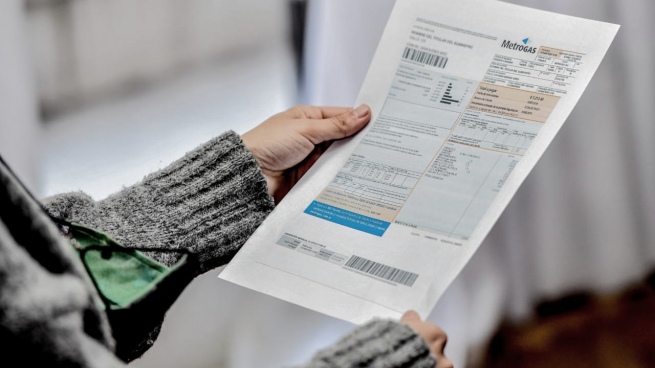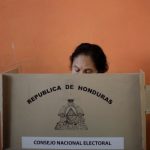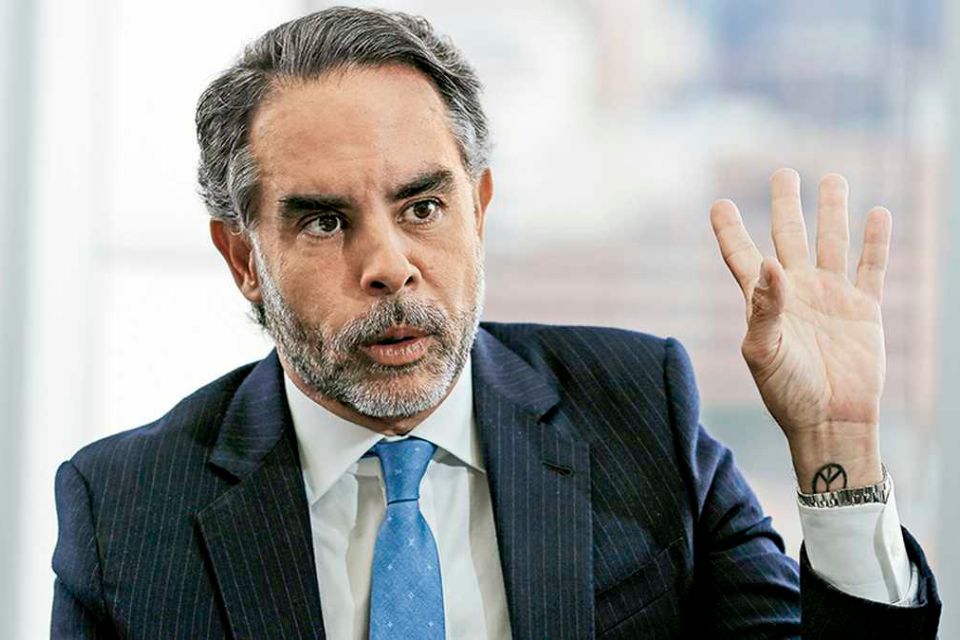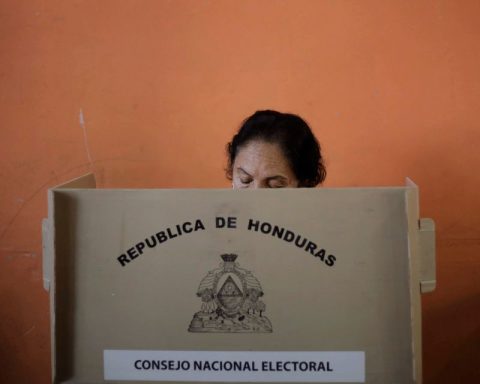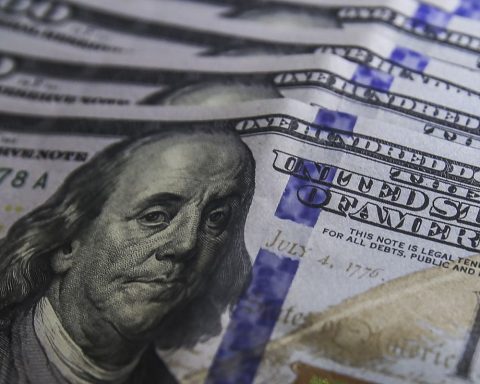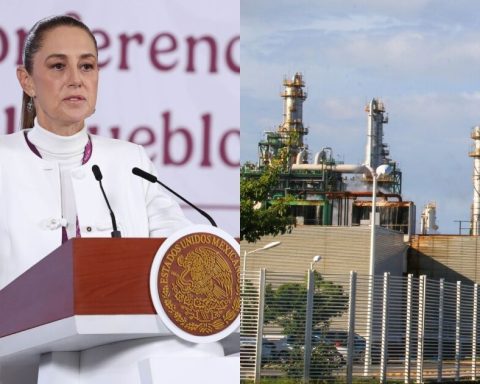The new rate charts for electricity and natural gas distribution services will come into effect on Monday, after the deadline for the registration process to access segmentation expires at midnight this Sunday, according to what was reported by the Secretary of Energy.
The increases will only be applied to users of level 1, with higher income, and to those who have not completed the registration form for the Registry of Access to Energy Subsidies (RASE), both levels 2 (lower income) and 3 (average income) will not have any change with respect to the rate they were paying.
The Vice President of the Administrative Company of the Wholesale Electricity Market (Cammesa), Santiago Yanotti indicated that 8.5 million users have already registered and told Télam that the forecast is for 11 million residential users to register throughout the country.yes
Level 1 users will begin to pay the full rate (without subsidies) gradually in a process that will culminate at the end of the year and will be reflected in an average increase of $1,200 per month from September to complete about $3,500 from January 2023 .
This group of users must meet at least one of these conditions: net monthly income greater than 3.5 Total Basic Baskets (currently $364,758.80), be the owner of 3 or more cars less than 5 years old, 3 or more real estate, one or more aircraft or luxury boats or corporate assets that show full economic capacity.
Users with lower incomes, adhered to the social rate, already had a total increase of 21.6% in the first semester, equivalent to 40% of the evolution of the Salary Variation Coefficient (CVS) last year.
Users of this band have incomes of less than one CBT ($104,216.80), a member of the household with a housing certificate from Renabap (National Registry of Popular Neighborhoods), an address where a registered community kitchen or picnic area operates, and at least a member with a Lifetime Pension for War Veterans of the South Atlantic.
If among the members of the household there is at least one who has a certificate of disability issued by a competent authority, the total income to be included in level 2 will rise to the equivalent of 1.5 CBT ($ 156,325.20).
On the other hand, middle-income users received a total increase of 42.7% (80% of the 2021 CVS).
In this case, to be included in level 3 they will not have to meet the characteristics of the other two levels, unless they are level 2 users but are owners of 2 or more properties or a vehicle up to 3 years old. , except households where there is at least one cohabitant with a Single Certificate of Disability (CUD).
Levels 2 and 3 will continue to have, in different proportions, tariffs with subsidiesunderstood by the Ministry of Energy as “a State tool for compliance with the principle of equality and non-discrimination”, according to the recitals of decree 332/2022.
That standard established the segmentation criteria that “They will make it possible to more adequately identify different groups of consumers, within a framework of greater distributive equity and social justice”.
The same decree warned that the current subsidy structure “generates profound distortions, concentrating a substantial part of its weight in the sectors with the greatest payment capacity”, in what the former Undersecretary of Energy Planning, Santiago López Osornio, defined in the last hearing May 12 public hearing as a “pro-rich scheme.
For this reason, the norm considered “necessary to guide the subsidy policy with a social meaning, fundamentally protecting the sectors with the lowest incomes, in order to achieve reasonable energy values that can be applied with criteria of justice and distributive equity, contemplating the different realities and situations of the universe of users.
In the first semester, subsidies from the national government for the energy sector amounted to $764,483.2 million, with a year-on-year increase of 116.8%, according to the Argentine Association of Budget and Public Financial Administration (ASAP).
In the case of subsidies to Cammesa, mostly intended to offset the costs of power generation that make up the total distribution tariff, between January and June they were $521,310 million, an increase of 121.9% compared to same period last year.
The segmentation form is available on the page www.argentina.gob.ar/subsidios and can be completed by those who represent the family group, regardless of the termination of the DNI.
